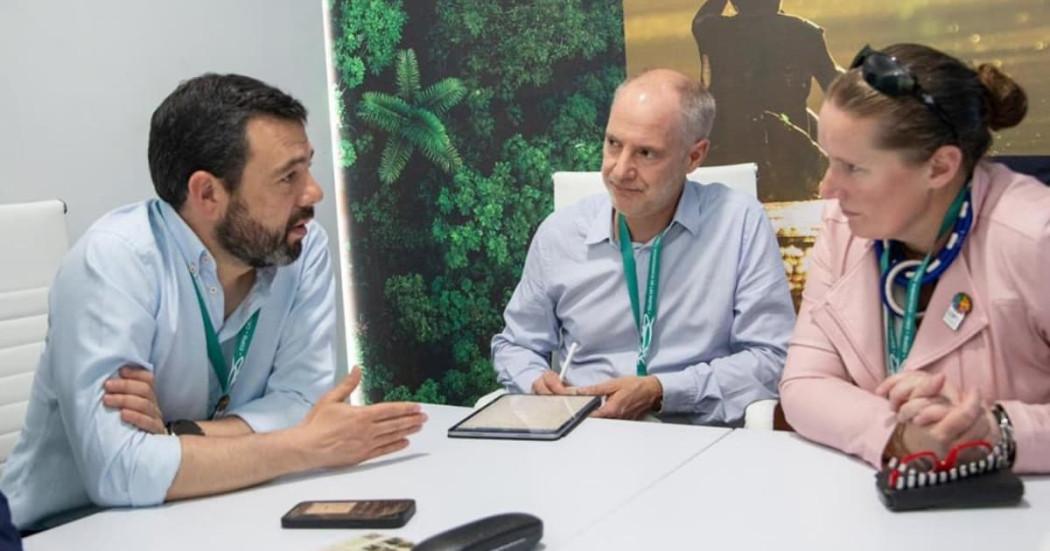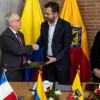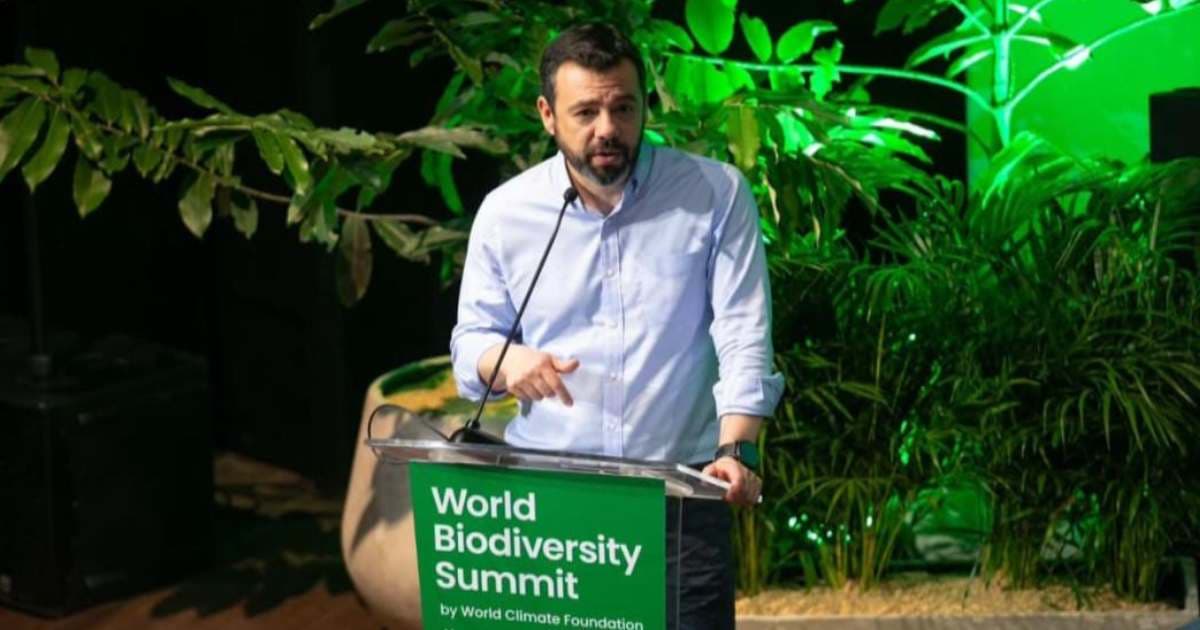Translated by Andrés Martínez Forero
During the Conference on Biological Diversity COP16, Mayor Carlos Fernando Galán met with Valerie Hickey, the World Bank's Global Director of Environment. This meeting provided an opportunity to forge a new financial and technical alliance with the World Bank related to biodiversity preservation and water supply within Bogotá.
Check out: Mayor Galán Signs Bogotá’s Entry into CAF's BiodiverCities Network
The World Bank could become a significant ally in identifying new water sources, as well as evaluating and enhancing current projects related to water decontamination and supply in Bogotá.
In terms of cooperation for the renaturalization strategy, the World Bank could offer technical and financial support for green infrastructure as part of the urban renaturalization plan.
The meeting explored potential technical support actions by the World Bank to identify new water supply sources in Bogotá, as well as to strengthen the city’s decontamination projects.
Regarding the groundwater network, this multinational finance and assistance organization would help with technical support to analyze alternatives for drinking water supply in Bogotá, focusing on the risks associated with climate change.
Below is a post from the Bogotá Mayor's Office on the social network X, with images from this crucial meeting for the country's capital:
⏰ 2:25 p. m.
— Alcaldía de Bogotá (@Bogota) October 27, 2024
📍Pabellón de Conservation International, Zona Azul #COP16 Cali
El alcalde @CarlosFGalan se reunió con Valerie Hickey, directora global de Medio Ambiente del @BancoMundialLAC. La colaboración con el Banco Mundial es clave para identificar nuevas fuentes de agua y… pic.twitter.com/at03ZE3Lkm
Moreover, the World Bank can support the evaluation of green bonds' impacts and the development of ecosystem services valuations.
You might be interested in: We've Accelerated the Implementation of the Climate Action Plan: Mayor Galán
As for nature-based solutions, there would be cost-effectiveness studies in environmentally significant areas, such as the Eastern Hills, highland moors, and watersheds.










